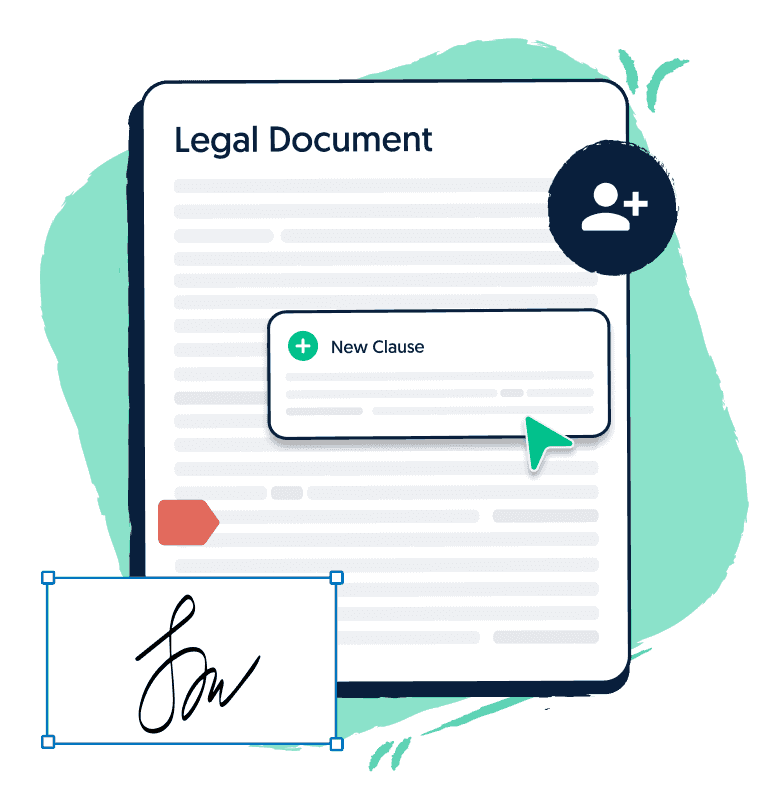Based in Sydney, Raja is a law student enrolled in a Bachelor of Laws and Bachelor of Communications (Writing and Publishing) at the University of Technology Sydney. He is passionate about transferring knowledge in relation to businesses, legal advice and marketing direction. Raja has experience working in immigration law and is driven by the writing, editing and publishing process of content.
Written by
Raja Abbas
Reviewed by
Table of Contents
What Are Incident Report Forms?
Incident report forms are standardised documents which are used to record details of incidents involving injuries, safety, near misses & misconducts that occurred in environments such as workplaces. These forms provide a structured method of documentation regarding incidents which occur in the workplace. It is a legal requirement to fill out a form when any incident occurs. There are various aspects to consider when filling out an incident report form such as the description of the incident, any injuries and confidentiality. This article with dissect incident report forms and assist you in understanding what they are.
The Role of Incident Reports in Safety
Incident report forms are not limited to just documentation, incident report forms may potentially mitigate these incidents and prevent them from occurring again. In response, these report forms serve as a structured means of gathering data for analysis, risk assessment and trend identification. Report forms help businesses prevent incidents from occurring again and are used as a continuous improvement tool.
Continuous improvement and Data Collection
Incident report forms assist companies with continuous improvement and data collection. A detailed form will empower businesses to implement measures that can prevent the incidents from occurring again.
Key Components of an Incident Report Form
It is vital that incident report forms are filled out with extensive detail. Lawpath offers a template for incident report forms to alleviate the stress of constructing one from scratch. Below are some key components which should be mentioned in the form.
Date and Time
The specific time and date in which the incident occurred. This is important to identify so that the timeline and content of the event is accurate.
Location
The location where the incident occurred. This should be as specific as possible– department, floor, and room number.
Description of incident
A detailed description of the incident should be written down in the report. The description should include what occurred and how it took place, alongside any other contributing factors or conditions.
Injuries or Damages
If any injuries took place or damages to property occurred, it should be documented in this report. Any information regarding potential medical treatments should also be documented here.
Witness information
Names of those who witnessed the incident should be documented, alongside any valuable statements or perspectives they may have.

Get a free legal document when you sign up to Lawpath
Sign up for one of our legal plans or get started for free today.
Corrective Action Taken & Recommendations for Prevention
This section outlines any immediate steps or measures taken in response to this incident. This involves detailing the actions and structures that have been put in place to prevent the incident from occurring again. Examples include safety hazards, repairing damaged equipment or new rules and regulations in the business.
Common Mistakes to Avoid
Ensuring Confidentiality and Privacy
Confidentiality and privacy are also a concern when interacting with incident report forms. Incident report forms can include personal or sensitive information about those who were involved in the incident. In response, it is important that the report is kept private and limited to being viewed by only those who need to assess the situation. Another reason for confidentiality is to prevent false statements or misinterpreted details if an investigation is conducted.
Contributing factors
It is important to identify the contributing factors to the incident which occurred. Not including these factors are mistakes you should avoid as they limit contextualisation from supervisors and those involved in a potential investigation.
Conclusion
In conclusion, incident report forms have a fundamental role in safety and risk management within businesses. These forms are important to be filled out correctly and with great detail in order to promote continuous improvement and preventative measures to be placed to avoid the incident occurring again. It is important to consider aspects such as privacy and contributing factors when constructing these forms as well. Lawpath recommends you seek legal advice or use a template to ensure the form is legally compliant with no errors or mistakes.

Get a fixed-fee quote from Australia's largest lawyer marketplace.







